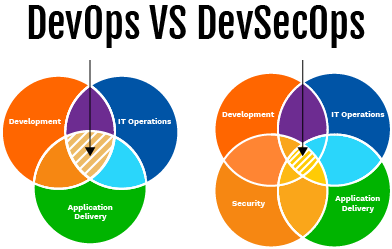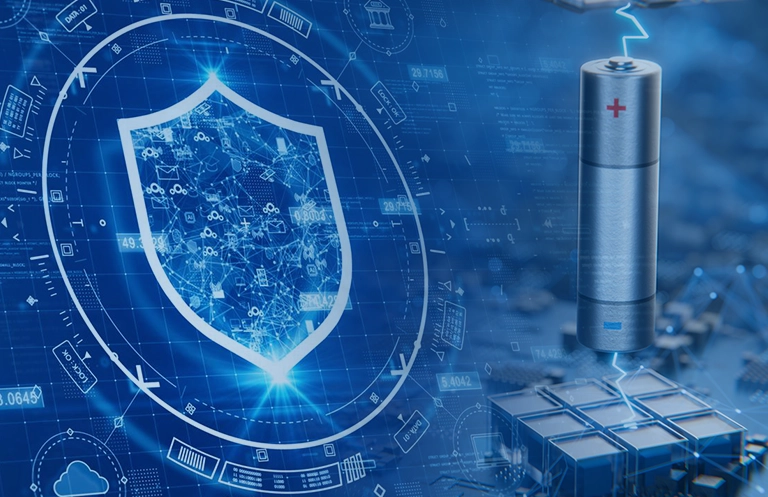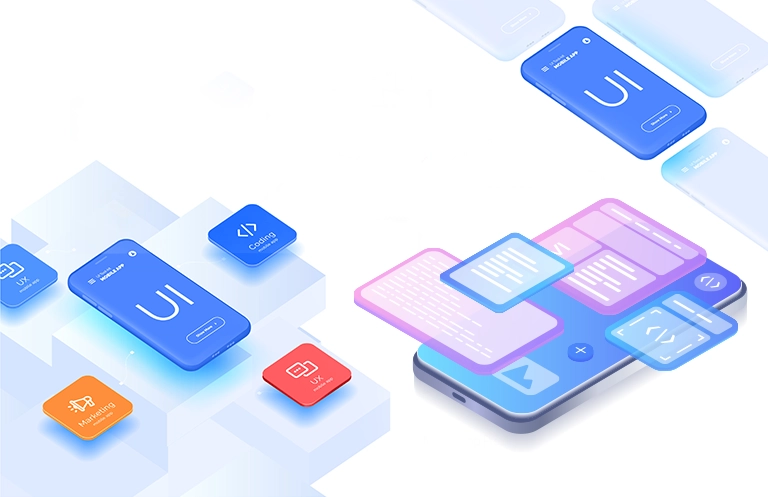What is DevSecOps?
The term DevOps stands for Development and Operations, where the right tools and different mindsets come together for the benefit of the organization. DevOps help organizations to deliver software and services at a higher velocity. But only delivering the product is not enough. In the past, security was given the least priority and was handled at the very end of the SDLC. Organizations had a different Quality Assurance (QA) team to find and secure the code.
To counter the security vulnerabilities, DevSecOps,as a culture was adopted. DevSecOps stands for Development, Security, and Operations. It is a bond between Development, Security, and Operations teams, where all teams come together to deliver products at a faster pace and more securely for end users.

Issues and problems before DevSecOps
Security has always been a big threat to companies, and sadly, some companies do not see it as a serious matter. Every day new threats, bugs, and vulnerabilities are found, and most of them are found in the later phase of SDLC.
Software Security is not the phase that should be considered at the last stage of the SDLC, but it should be given the topmost priority.
For example,if a software is developed and is ready for release in a few weeks, and during the SCA (Software Code Analysis) phase, the team found a security issue in the code.It will demand extra time, effort, and rework for the timely release of the software. Therefore,its always a good practice to start code testing at the beginning of the lifecycle of the project—it not only addresses the security but saves company resources, time, and revenue.
Benefits of DevSecOps
- Rapid, cost-effective software delivery: As a team, while we are developing software in a non-DevSecOpsenvironment, then, security issues can cause us a huge delay. Fixing security and vulnerability issues is time-consuming and expensive. If we do the same procedure in a secured environment, then it will help us to identify the issue in the initial stage only. Hence, DevSecOpsapproach helps us save time, revenue, and effort.
- Improved, proactive security: Cybersecurity is introduced from the early phase of the development cycle where codes are reviewed, audited, scanned, and tested for security issues. These codes are fixed as soon as any issue, bug, or vulnerabilities are identified.
It is always better to fix the existing vulnerability before new features or dependencies are added. When proper and proactive technologies are introduced in the early stage, then fixing security issues is less expensive and saves a lot of revenue. The main part of DevSecOpsculture is to collaborate with the development, security, and operations teams. This mutual understanding between the teams and their members improves an organization’s response to incidents and issues when they occur.
- Security as Code
If we want to keep pushing the changes promptly and minimize risk, we need to pay attention to security from the initial stage. With modern tools in the market, we can easily perform our Static Application Security Testing (SAST) and Dynamic Application Security Testing (DAST) on the code.
SAST the initial scanning phase of the code, and it looks for common vulnerabilities. Developers get real-time feedback as they code, which helps them to fix issues before they pass the code to the next phase. The best part of SAST is that it scans the code without needing the application to run. We must run scans regularly, whether the build is running on a daily or monthly basis. Whenever we have a code release, every time the new code is checked in.
DAST is also known as a web application vulnerability scanner. It is a black-box testing methodology and tests the code from the outside. It requires the application to be up and running.It tries to penetrate the application from the outside by checking its exposed interface for vulnerabilities and flaws. DAST scanning helps in finding external visible issues that include OWASP top 10.

DevSecOps Adoption
Lack of trust, technical, and cultural challenges are the main hindrances to the adoption of DevSecOps. To adopt DevSecOps, we have to overcome tool integration challenges and also need to develop an environment of trust between developers, security, and the operations team.
The main task of the security professional is to identify and prevent vulnerabilities in the application. They need to create acceptance test criteria, user designs, and threat models. Based on the security team’s input, the development team starts the work and defines a code review system to ensure uniformity. In the DevOps culture, the development team and security teams should work together to create a safe environment for the development of applications and software. Since both teams can work together, we don’t need two separate teams and apply different policies.
The biggest benefits of DevSecOpsare to bring development, security, and operations teams to the same phase, and work on the welfare of the SDLC and the organization. This helps the software engineers integrate cybersecurity processes from the start of the development process so that every component, configuration item, and installation process is securely patched and documented. This concept of shifting security to the left security team to find, solve and remediate threats in the early stage.
Conclusion
As a product-based company having global clients from different fields, it’s our responsibility to give the best to our customers. Also, as a DevSecOps team, we need to make our software more secure and safe from the outside world and threats. As a big organization, we need to make all our hardware and software secure. IoT devices are more vulnerable, so our organization makes it possible to secure such devices. It helps us gain the trust of customers and bring them more revenue. Our organization believes in the best security practices, hence, we are adopting the shift left culture and more DevSecOps functionality tools and culture.
The most important characteristics of a DevSecOps program are:
- Security awareness and ownership
- Automated Operation
- Fast Result
- Wide Scope
- Shift-left and Shift-Right
- Accuracy
- Developer acceptance
Considering complex IoT computing requirements and DevSecOps environment, eInfochips has developed a customized security framework that caters to a secure design of IoT firmware, applications, protocols for mobile applications, cloud platforms, and web applications.
eInfochips provides end-to-end IoT Security and Cybersecurity related services. It protects user’s privacy and data, identifies the DevSecOps platform, and tools, configures CI/CD pipeline, Threat Modelling, Vulnerability Assessment, Penetration Testing, StaticApplication Security Testing(SAST), Dynamic Application Security Testing (DAST), Software Composition Analysis (SCA), Patch Management, Threat Hunting, Security monitoring related services, and L2 support related services.
Reach out to us for more details on IoT security/Cybersecurity related services.













